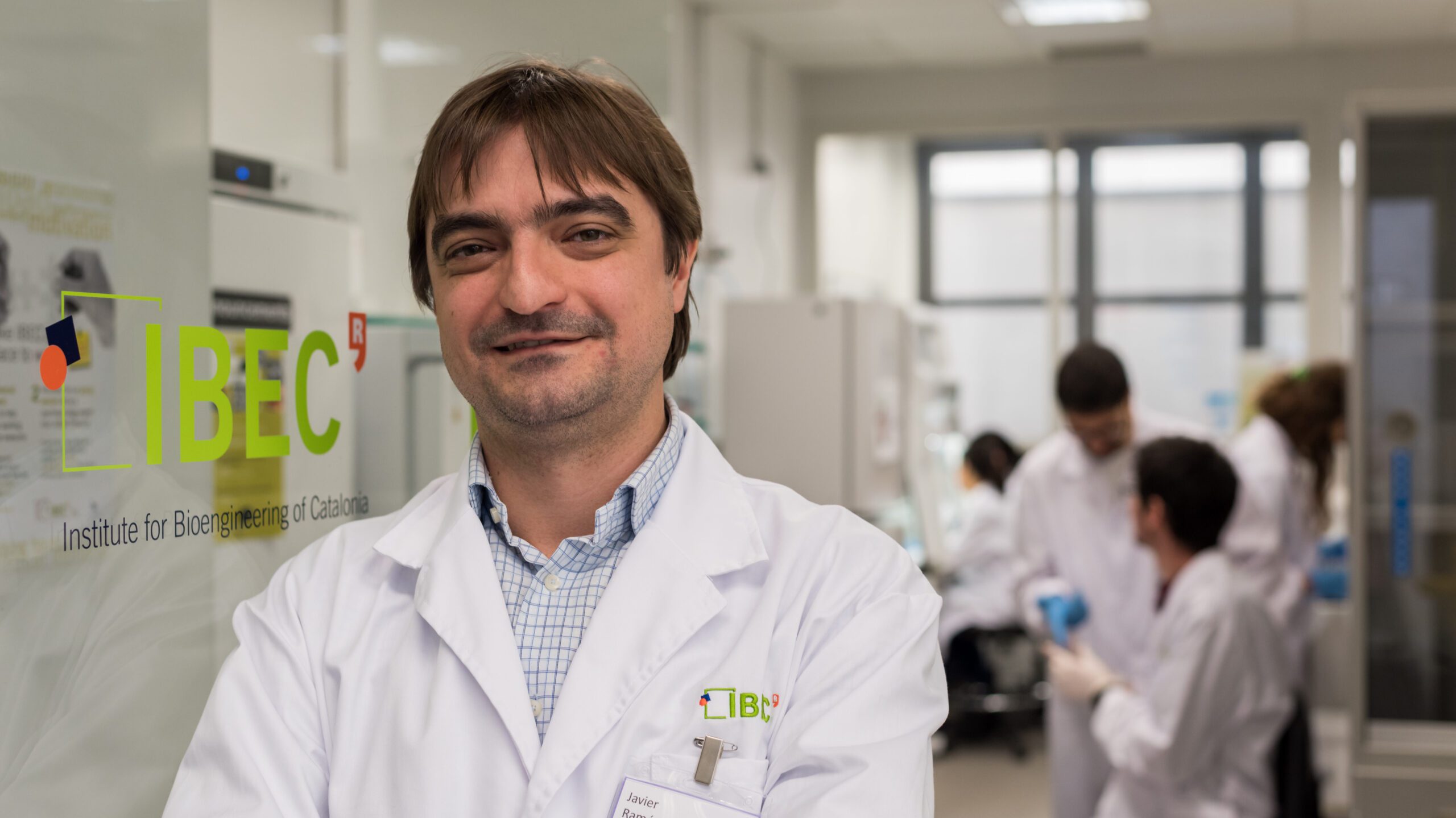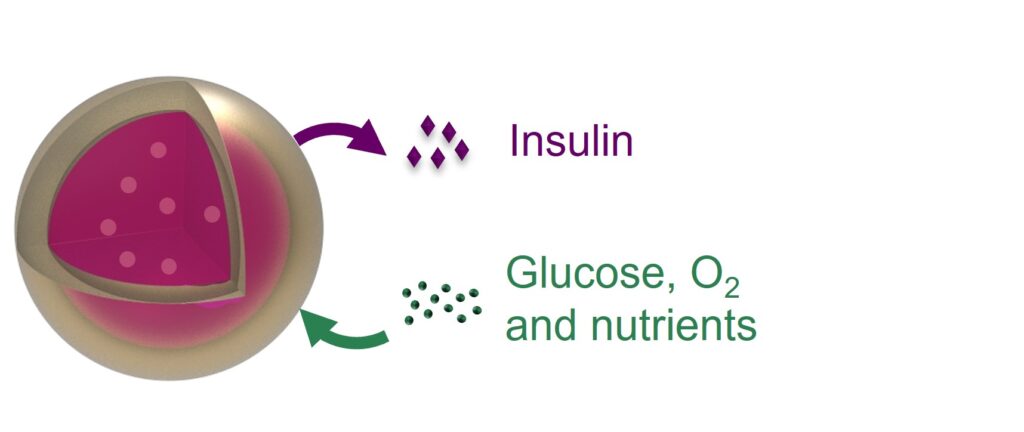IBEC researcher Javier Ramón Azcón has been awarded an “ERC Proof of Concept Grant.” This prestigious funding is granted by the European Research Council to explore the commercial and societal potential of research projects conducted in European institutions. Ramón’s project, Uniink, is centered on the treatment of Type 1 diabetes using cell therapy and 3D bioprinting.

Javier Ramón Azcón, an ICREA research professor and the leader of the Biosensors for Bioengineering group at IBEC, has been granted an “ERC Proof of Concept Grant.” This prestigious grant is awarded by the European Research Council (ERC) and aims to explore the commercial and societal potential of research projects that have been previously funded by the ERC. Recipients use this type of funding to verify the practical viability of scientific concepts, explore business opportunities or prepare patent applications.
Ramón’s project has been named “Uniink” and centers around the treatment of Type 1 diabetes using cell therapy and 3D bioprinting.
Type 1 diabetes is a condition in which the immune system itself destroys the β cells of the pancreas, which are responsible for producing insulin, a hormone involved in the control of blood glucose.
An alternative to the well-known insulin injections, which do not offer such a dynamic response to fluctuations in glucose levels, is cell therapy. Specifically, this involves transplanting pancreatic islets from deceased donors. These islets are clusters of cells in the pancreas that include, among others, insulin-producing β cells. Despite being an effective treatment with numerous benefits, its widespread application faces challenges due to the difficulty in finding compatible donors and the necessity for immunosuppressing the recipient. The latter is required because the recipient’s immune system recognizes the transplanted islets as foreign and attacks them.
Uniink is presented as an evolution of this type of therapy. The project introduces an innovative 3D bioprinting method for manufacturing substantial quantities of biocompatible microspheres loaded with cells that can secrete insulin in response to external glucose signals. The incorporation of physical barriers, such as encapsulation, serves to shield the transplanted cells from the host’s immune system. This approach holds the potential to facilitate graft recovery and restore the natural regulation of glucose levels.

This innovative system was developed by Laura Clua Ferré during her doctoral thesis within Ramón’s research group. In the new project, which carries on Clua’s work, the IBEC team will evaluate Uniink’s effectiveness using mouse models and will collaborate with Anna Novials’ group at the August Pi i Sunyer Biomedical Research Institute (IDIBAPS) to procure donor cells.
At present, a patent has already been filed for the encapsulation system, and as Javier Ramón explains, ‘Throughout the project, we will explore the possibility of establishing a new company and collaborating with private partners, with the aim of advancing this technology toward clinical application. In essence, Uniink has the potential to substantially transform the treatment of type 1 diabetes, offering new hope to patients affected by this condition.’





